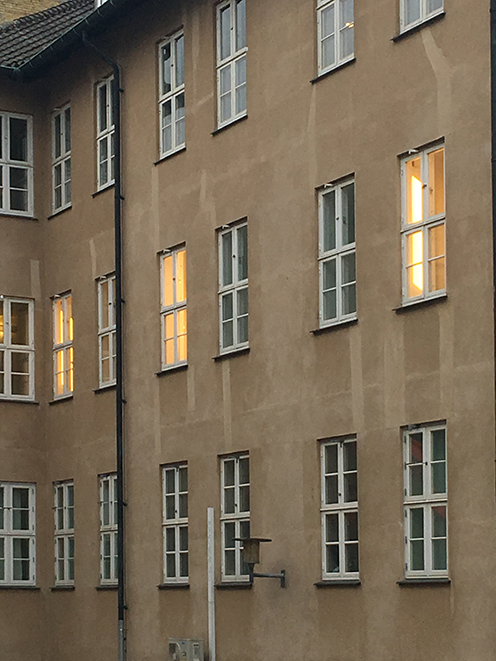Light Therapies in Psychiatry

Light therapy has been in clinical use since 1980. Alfred J. Lewy and co-workers initially observed that exposure to visible light stops melatonin secretion. Norman E. Rosenthal and colleagues subsequently integrated this finding with the systematic description of seasonal affective disorder and the first evidence of antidepressant effects of light therapy. Since these breakthrough discoveries, the field has dramatically expanded our basic understanding of how light influences human physiology and mental states, such as the interaction of clock genes with each other and the external environment. Advances include the confirmation of the phase-response curve for light exposure, the discovery of the intrinsically photosensitive retinal ganglion cells and their connections to the circadian system, and the technical development of light-emitting diodes with the option to mimic daylight using dynamic lighting schemes. Treatments of psychiatric disorders are compromised in efficacy, so we need new treatment options with novel mechanisms of action. Light therapy is one of the chronotherapeutic treatments. It is an effective and low-cost intervention with few adverse effects and has enormous potential for being used individually or built into hospitals as dynamic lighting systems. Light therapy also has a role for the population at home, at work, and in educational settings. New findings on light therapy are emerging, including the negative impact of blue light emission from electronic devices on sleep, the influence of daylight exposure on the alignment of sleep and circadian rhythms, and the long-term effects of shift work on metabolic health status. They awarded the 2017 Nobel prize in Medicine to Jeffrey C. Hall, Michael Rosbash, and Michael W. Young for their discovery of molecular mechanisms controlling circadian rhythms, which has further inspired the field. This Article Collection will address various aspects of light therapy relevant to psychiatry.
Guest advisors
Prof. Timo Partonen(National Institute for Health and Welfare, Helsinki, Finland)
Timo Partonen, MD, Associate Professor of psychiatry at the University of Helsinki, and research Professor in the Finnish Institute for Health and Welfare, Finland, studies sleep disorders and mood disorders by using methods from basic research through clinical studies to epidemiological databases and national statistics. His primary research project was the first one in Finland to provide light therapy via the eyes in the treatment of seasonal affective disorder (winter depression).
Prof. Klaus Martiny(University of Copenhagen, Copenhagen, Denmark)
Klaus Martiny, MD, DMSc, PhD, Specialist in Psychiatry, is a clinical professor at the University of Copenhagen. He works clinically as senior consultant at an affective disorder’s unit at the Mental Health Center Copenhagen, and as a researcher within his New Interventions in Depression Group (NID-Group), at the University of Copenhagen.